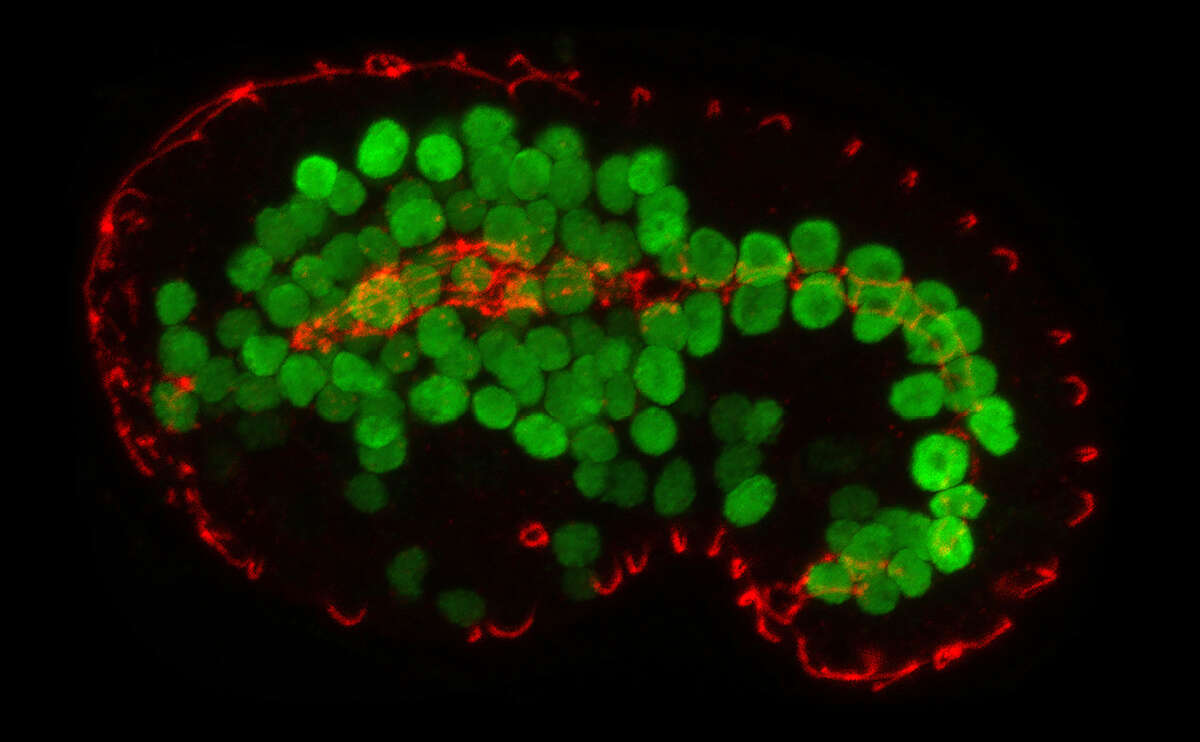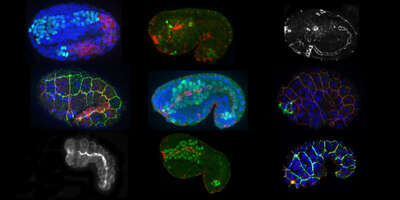Main Content
How embryonic cells develop into complex organs
Our research group investigates how embryos develop in response to master regulators and variable environmental conditions
Our body consists of 30 trillion cells that are organized into organs such as the liver, heart and kidneys. These specialized cells are generated in the embryo by a combination of molecular processes, some of which are hard-wired in the embryo and others that respond to environmental conditions.
Chromosomes in 3D
How are chromosomes organized within nuclei? And how does organization impact developmental events? The nucleus is very dynamic during embryogenesis and chromosomes undergo large-scale morphological changes. One goal is to understand how the nucleus changes, what factors regulate the process and why it matters to animals. We can take advantage of the amazing C. elegans cell lineage to determine what cells do and their effects on their daughters and grand-daughters. Another goal is to determine how parents (oocytes and sperm) influence the organization of the genome of their offspring. And a third is to understand how heterochromatin is generated de novo during embryogenesis. To that end, we discovered a complex that times the onset of heterochromatin.
Master regulators establish cell fates
Early embryonic cells are pluripotent, meaning they can differentiate into any cell type. With time, these cells become restricted in their developmental potential. So-called ‘master regulators’ play an important role in controlling cell identity. The Mango lab uses a simple animal, the nematode Caenorhabditis elegans, to study how master regulators dictate the identity of cells. We use molecular genetics, imaging and genomics to identify the hard-wired pathways that induce master regulators and set cell differentiation in motion.
The role of the environment on embryo development
In addition to hard-wired processes, embryos respond to the environment experienced by their parents or grandparents. When forebearers are exposed to pathogens, starvation, or toxins, their offspring are altered so they are ready to respond to these environmental challenges. The mechanism that allows signaling between generations remains a mystery.





